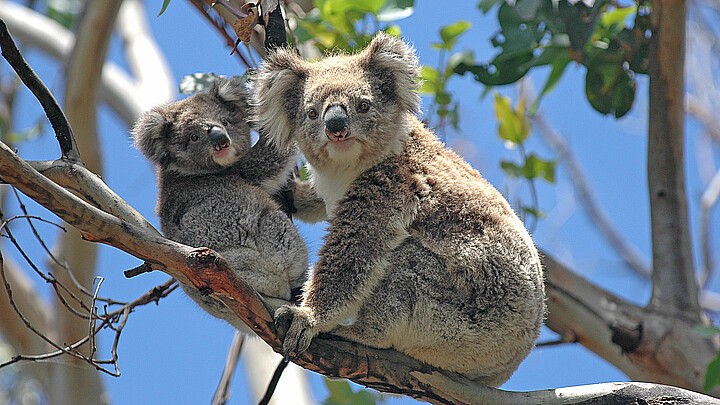Trending
125-million-year-old dinosaur fossil has world's oldest belly button
The naval marking belongs to a parrot-beaked reptile in the genus Psittacosaurus, which lived in the Cretaceous period from 145 million to 66 million years ago
June 28, 2022 3:15pm
Updated: June 28, 2022 3:55pm
The oldest belly button known to science was found on a fossil discovered by paleontologists in China that dates back 125 million years.
The naval marking belongs to a parrot-beaked reptile in the genus Psittacosaurus, which lived in the Cretaceous period from 145 million to 66 million years ago.
Dinosaurs do not have umbilical cords that becomes belly buttons like humans and other fetal mammals, as they lay eggs. Instead, the embryos of reptiles and birds receive nutrients from a yolk sac connected directly to their abdomens with blood vessels, reports Live Science.
The yolk sack is absorbed completely into the body when these embryos hatch, leaving a scar that heals in a few days or weeks. But in some reptiles, like alligators, the umbilical scar can last beyond sexual maturity – the reptile equivalent of a mammalian belly button.
This marking can be seen on the Psittacosaurus fossil when exposed to a concentrated beam of laser light - the first ever belly button found on a non-avian dinosaur.
"This Psittacosaurus specimen is probably the most important fossil we have for studying dinosaur skin," vertebrate paleontologist Phil Bell at University of New England in Armidale, Australia, said in a statement.
"But it continues to yield surprises that we can bring to life with new technology like laser imaging."
The Psittacosaurus mongoliensis studied is an early type of ceratopsian, a group of beaked herbivores that later included the horned Triceratops.
This fossil, known as SMF R 4970, was discovered about 20 years ago and previously known for containing the first dinosaur butthole ever observed, which researchers which researchers described as “perfect” and “unique” in a Jan. 2021 paper.
Its exquisite preservation and the animal's ideal position in death - the dinosaur fossilized on its back - has allowed scientists to document individual scales, tail bristles and its other remarkable features.








